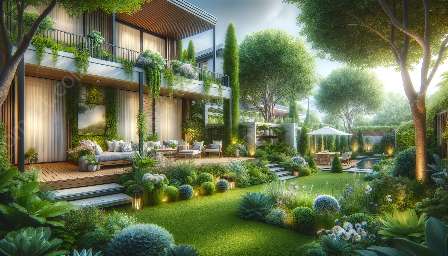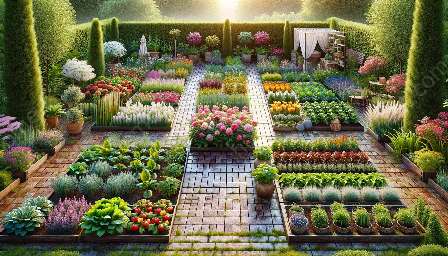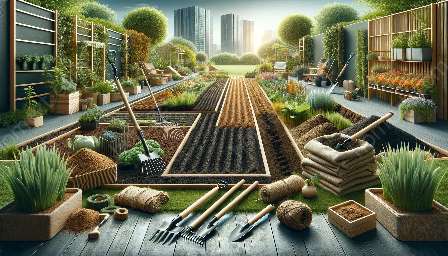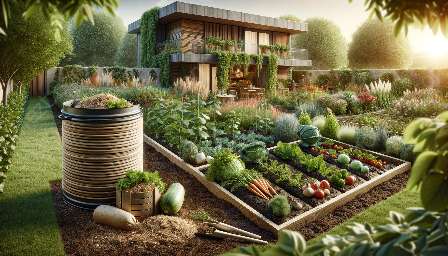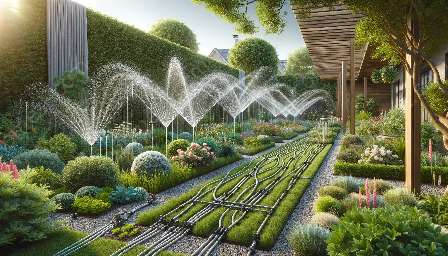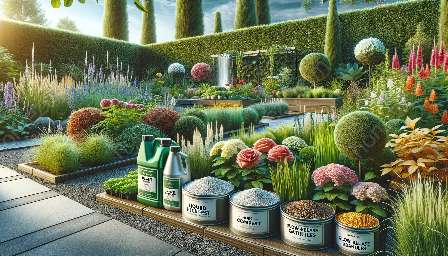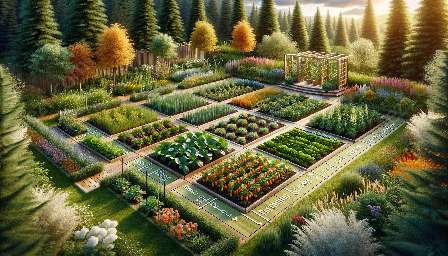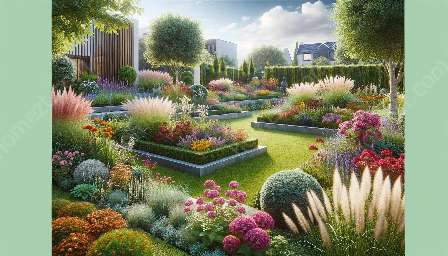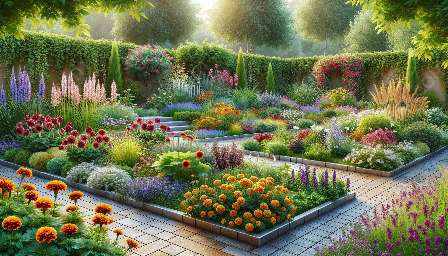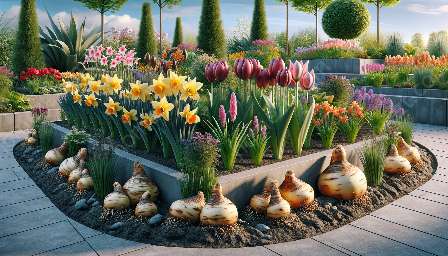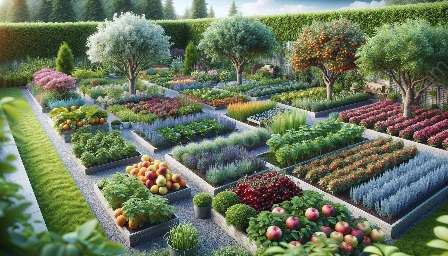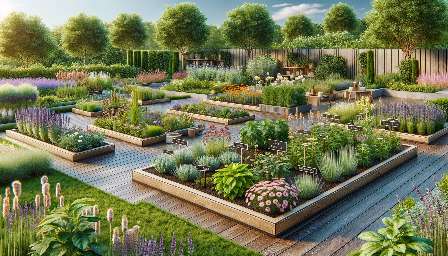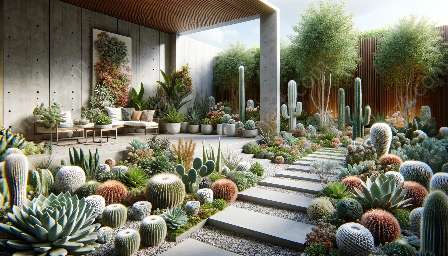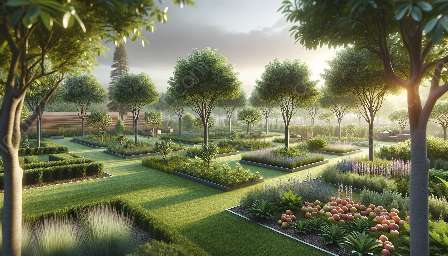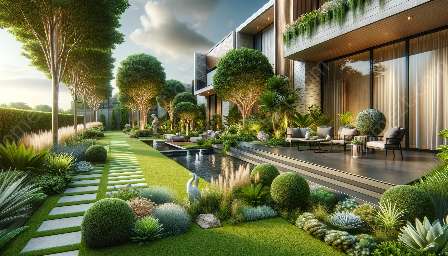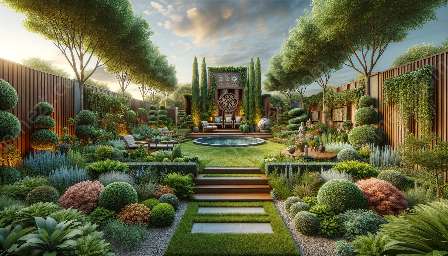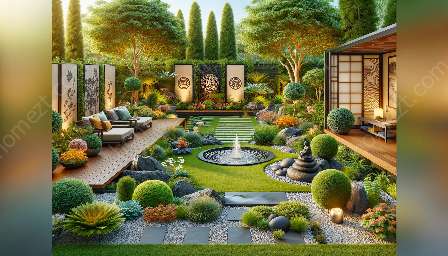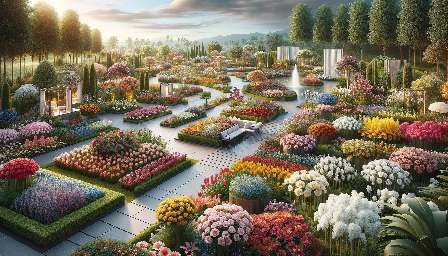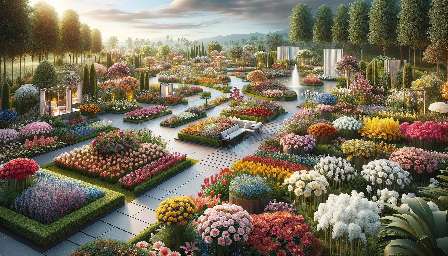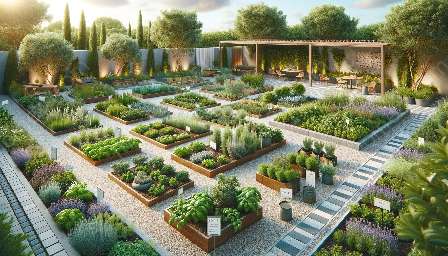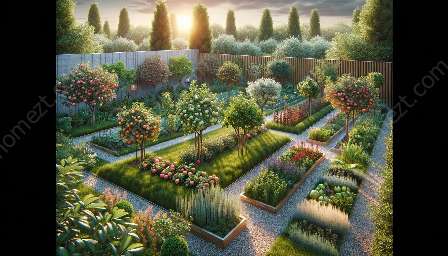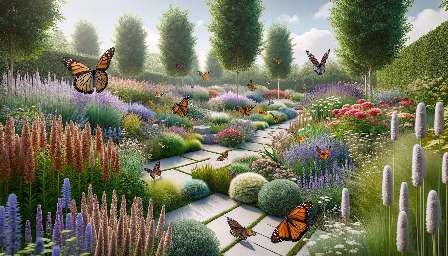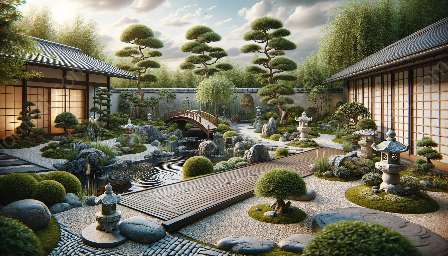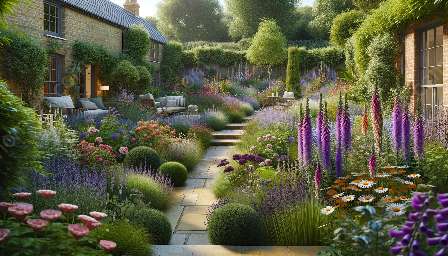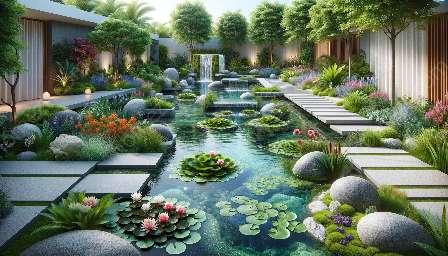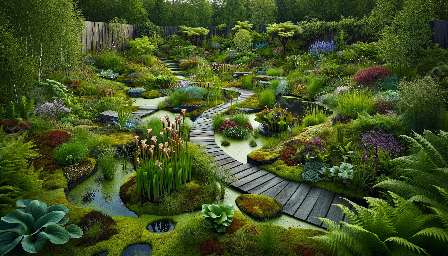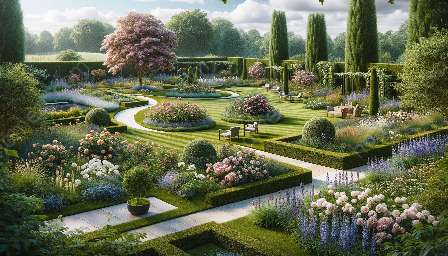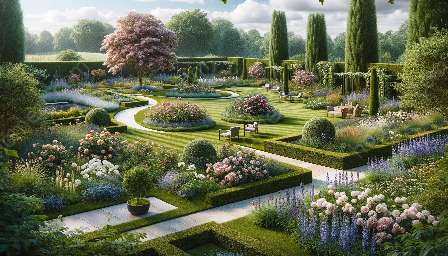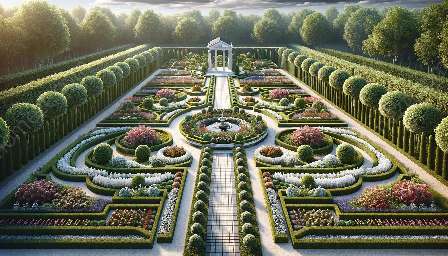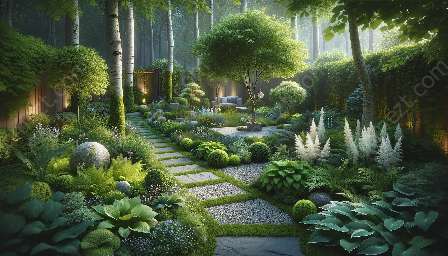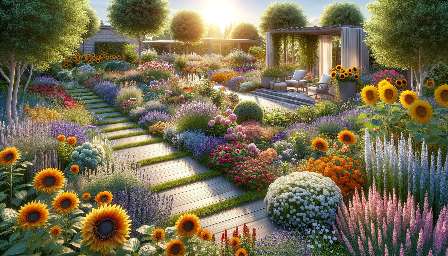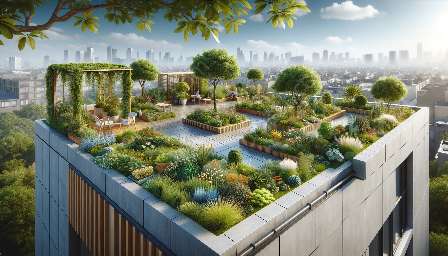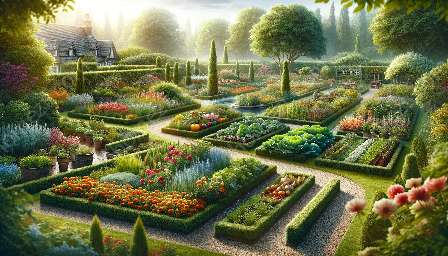When it comes to creating an attractive and functional garden, there are various types of gardens to consider, such as flower gardens, vegetable gardens, and herb gardens. Each type of garden offers its own unique benefits and beauty, catering to different preferences and needs. In this article, we will delve into the world of garden design, exploring the characteristics and potential of different garden types, and providing insights on how to create a beautiful and sustainable garden that complements your home and lifestyle.
1. Flower Garden
What is a Flower Garden?
A flower garden is a space dedicated to the cultivation and display of various flowering plants, including annuals, perennials, and bulbs, with the primary focus on aesthetics and visual appeal. Flower gardens can be designed in a myriad of styles, such as formal, informal, cottage, or wildflower gardens, each offering its own charm and character.
Benefits of Flower Gardens:
- Enhancing the beauty of outdoor spaces with colorful blooms and fragrances
- Attracting and supporting pollinators, such as bees and butterflies
- Providing opportunities for relaxation and stress relief through gardening activities
- Adding visual interest and creating focal points in the landscape
How to Create a Flower Garden:
To create a stunning flower garden, consider factors such as soil quality, sunlight exposure, and plant selection. Choose a variety of flowers with different blooming times to ensure year-round interest, and incorporate elements like pathways, borders, and decorative features to enhance the garden's appeal.
2. Vegetable Garden
What is a Vegetable Garden?
A vegetable garden is a productive space dedicated to growing edible plants, including vegetables, fruits, and herbs, with the aim of providing fresh and nutritious produce for home consumption. Vegetable gardens can vary in size and design, from traditional row gardens to raised beds, container gardens, or even vertical gardening structures.
Benefits of Vegetable Gardens:
- Access to fresh, organic produce for cooking and consumption
- Encouraging sustainable and eco-friendly practices through home gardening
- Opportunities for outdoor exercise and physical activity while tending to the garden
- Promoting self-sufficiency and reducing reliance on store-bought produce
How to Create a Vegetable Garden:
When planning a vegetable garden, consider factors such as sunlight, soil fertility, and water availability. Design the garden layout to maximize space and productivity, and select a diverse range of vegetables and herbs to create a balanced and bountiful harvest throughout the growing season.
3. Herb Garden
What is an Herb Garden?
An herb garden is a dedicated space for growing a wide variety of culinary, medicinal, and aromatic herbs, offering fresh flavors and fragrances for culinary use and natural remedies. Herb gardens can be designed in different formats, such as traditional herbal borders, container gardens, or mixed planting arrangements.
Benefits of Herb Gardens:
- Access to fresh, flavorful herbs for cooking, seasoning, and garnishing dishes
- Exploring the therapeutic properties and health benefits of medicinal herbs
- Adding visual and aromatic appeal to outdoor spaces with fragrant herbs
- Enhancing biodiversity and attracting beneficial insects to the garden
How to Create an Herb Garden:
To create a thriving herb garden, assess the light and soil conditions, and select a variety of herbs that thrive in your region. Consider grouping herbs with similar watering and sunlight needs, and incorporate decorative elements, such as trellises or planters, to maximize space and create an inviting herb garden display.
Designing Your Garden Space
Regardless of the type of garden you choose, an attractive and realistic garden space is achieved through thoughtful planning, attention to detail, and a balance of aesthetics and functionality. Incorporate elements such as paths, borders, garden structures, and complementary hardscape features to create a cohesive and inviting outdoor environment that complements your home and lifestyle.
By understanding the characteristics and potential of different garden types, you can create a personalized and beautiful garden that reflects your preferences and provides enjoyment throughout the seasons.

